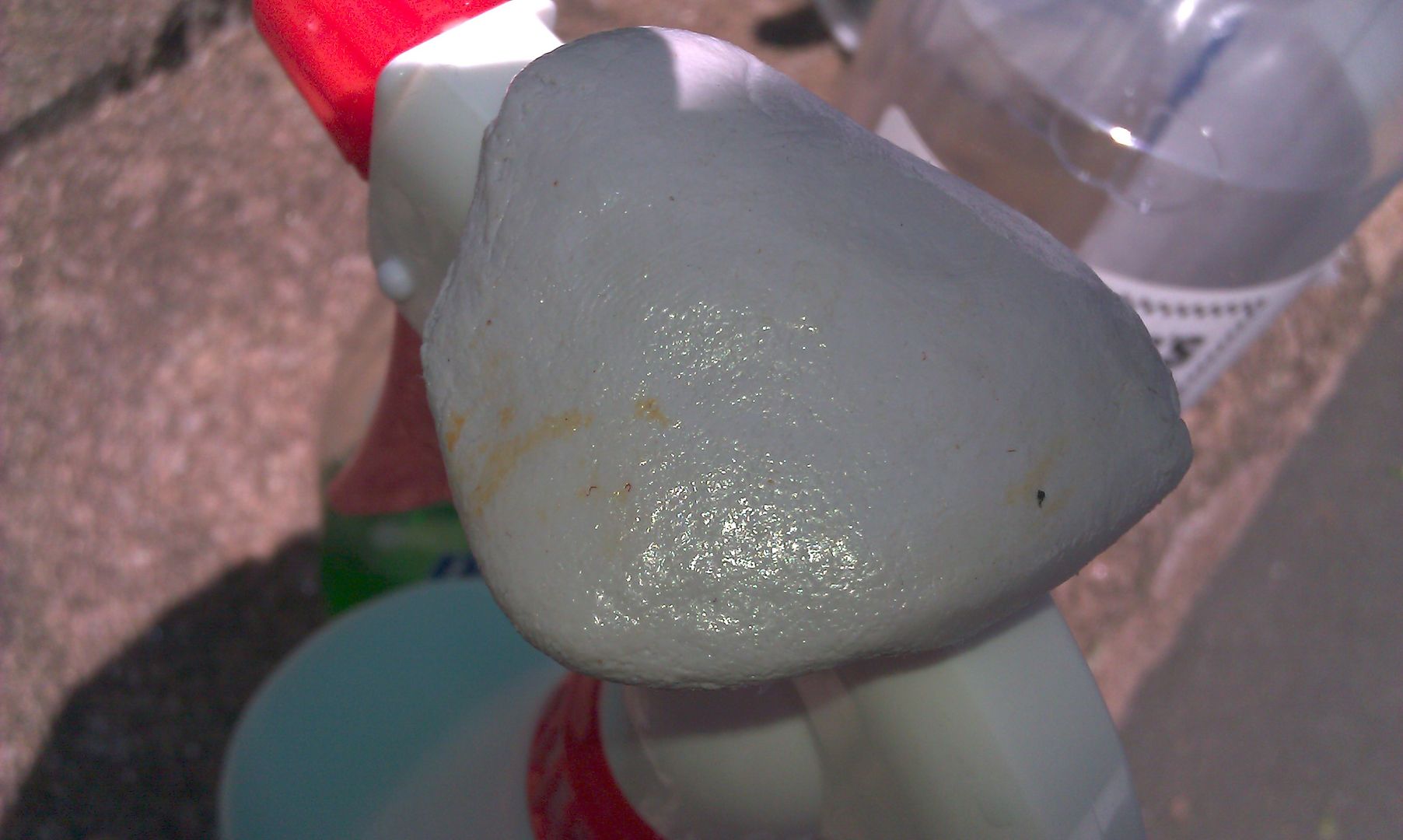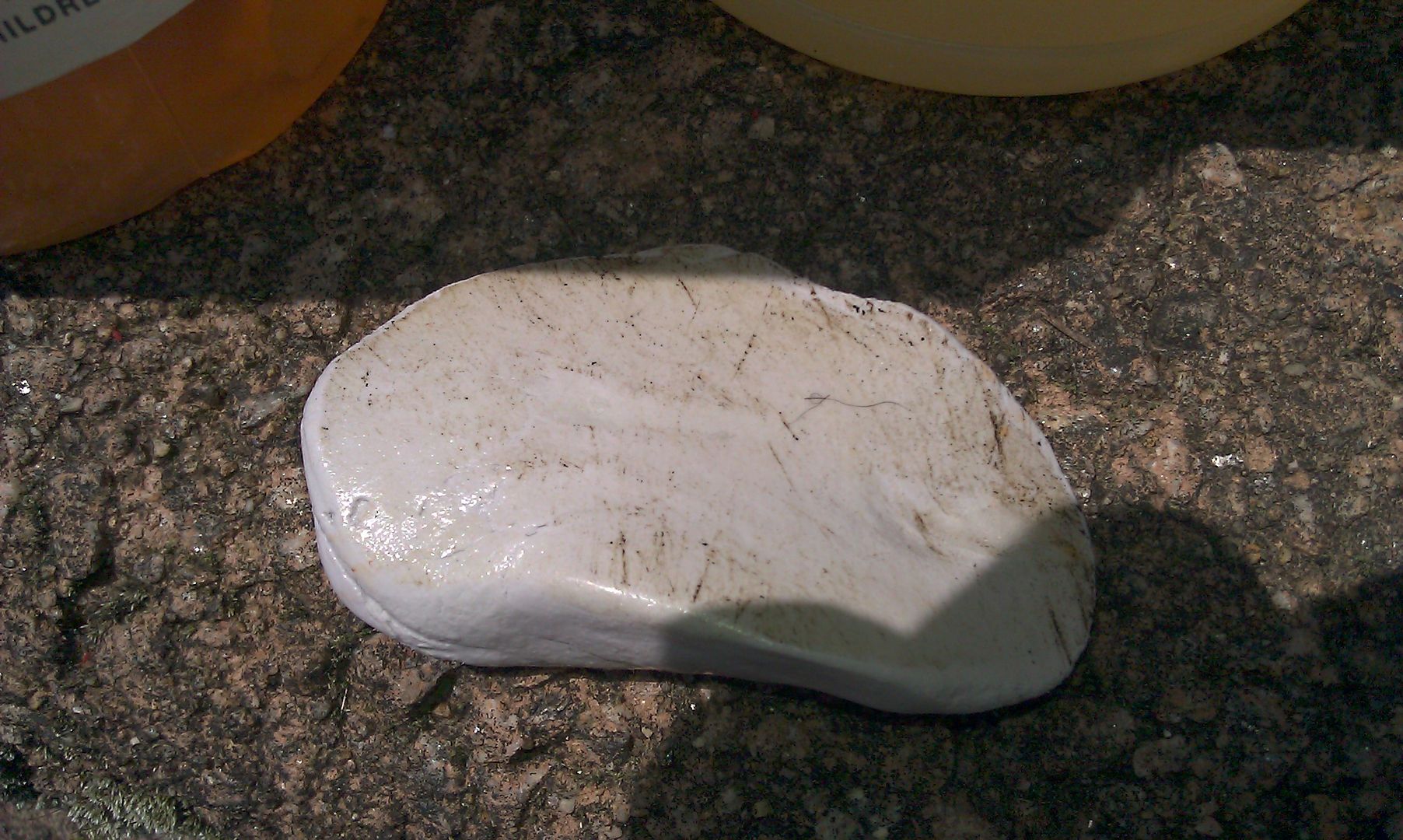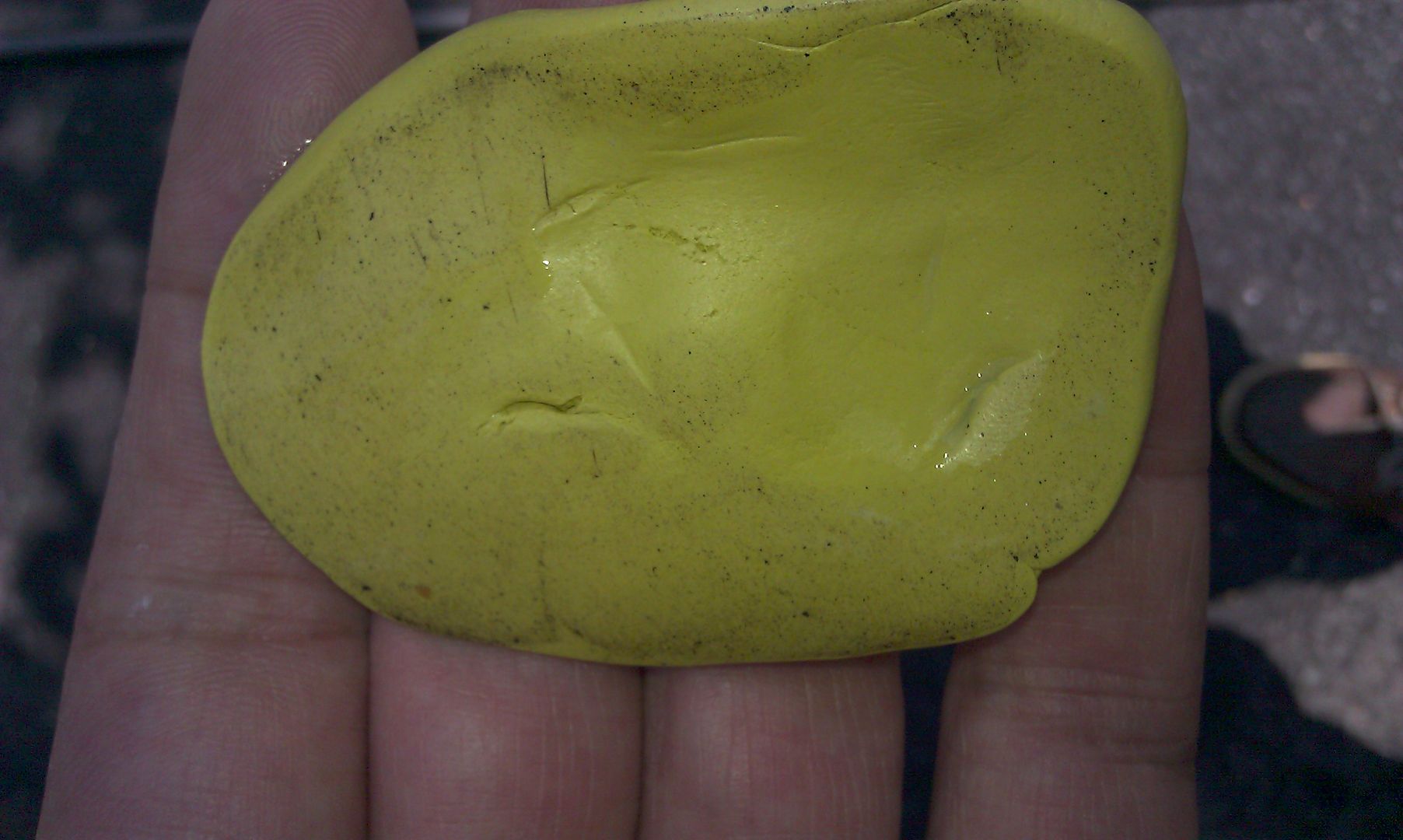Todd@RUPES
Just a regular guy
In the old days, before paint decontamination sprays, detailing clay, and paint prep towels, detailers and bodyshops relied on aggressive paint polishing to remove contamination....
DetailingClay (vs. hobby clay or Play-Doo) is indeed abrasive. In fact, Detailing Clay comes in various grades of abrasiveness. Similar to how sandpaper comes in different grits, or buffing liquids come in compounds, swirl removers, and final polishes. Aggressive clay is most commonly used in body shops or in situations when the paint is going to be polished. This is because aggressive clay has a high tendency to leave marring (lightly surface scratch the paint). When used on very soft paint, aggressive clay can be so aggressive that you can dull the tops of the orange peel texture, just like sanding.
Because something is abrasive does not mean it will do the same intended job. It is near impossible to remove orange peel texture from cured paint by machine polishing but it is (relatively) easy to do with wet sanding, even though both would be considered abrasive. Why? Because when you sand (to remove orange peel) you are using a fairly hard backing sponge that will force the paint to contour the shape of the backing block. The abrasives are focused (with much greater pressure) over any uneven areas (high spots) which levels these areas much faster, until the surface becomes level. When polishing you are applying the abrasives with a much softer backing, that will flow to some degree over the paint. The abrasives are worked evenly over the ebbs and flows and contours to the surface, removing material far more evenly.
What does this have to do with contamination? Remember that the clear coat on your paint is about a sheet of paper thick (very thin) yet it can be polished many times before thinning it out. Contamination (particularly the type that you can feel with your finger tip) can be quite thick (relative to the paint's thickness and the polishes ability to remove that material). So when you are polishing contaminated paint you are abrading the contamination, likely at a slightly greater rate then the surrounding clear coat. If the contamination is .5 mils thick (and made of mostly iron oxide) it could require multiple passes to fully remove the abrasion.
A clay bar (which is far less abrasive as a whole then compounding the paint), because it is firm, will focus almost all of its cutting action on the contamination itself (the rest of the bar hydroplanes across the paint surface). If the clay was super soft like a sponge, it simply would not work.
So (in general, there are always exceptions to the rule) the following abrasives are do the following jobs best.
Sand paper- designed to level paint flat when used with a sanding block.
Clay- designed to level random 'bumps' of contamination.
Machine polishing- tends to level material evenly (removes a much more equal amount of material from surfaces of slightly different heights).
As noted above, you CAN remove contamination from polishing (this was common practice before clay proved to be more efficient and less invasive.) To remove the contamination you are going to have to use a stiffer polishing surface that focuses the majority of its energy on the contamination itself.
This is usually done by using a wool pad at high RPM. The high RPM pulls the fibers taut and creates a much stiffer polishing surface. (Think of spinning a rock tied to a string above your head. If you swing it slowly, the string will have slack. If you really whip it around the string will become very very taut).
CLIFF NOTES: Clay works well at removing contamination (bumps that stick above the paint) because it focuses all of its work on the contamination (if floats across the relatively smooth paint surface and eats at the bumps).
Polishing works to remove material evenly from most surfaces because the polishing pads ability to contour to the body panel and bumps. Some contamination is as thick as the clear coat and quite attached. It could require a lot of polishing to reduce it.
DetailingClay (vs. hobby clay or Play-Doo) is indeed abrasive. In fact, Detailing Clay comes in various grades of abrasiveness. Similar to how sandpaper comes in different grits, or buffing liquids come in compounds, swirl removers, and final polishes. Aggressive clay is most commonly used in body shops or in situations when the paint is going to be polished. This is because aggressive clay has a high tendency to leave marring (lightly surface scratch the paint). When used on very soft paint, aggressive clay can be so aggressive that you can dull the tops of the orange peel texture, just like sanding.
Because something is abrasive does not mean it will do the same intended job. It is near impossible to remove orange peel texture from cured paint by machine polishing but it is (relatively) easy to do with wet sanding, even though both would be considered abrasive. Why? Because when you sand (to remove orange peel) you are using a fairly hard backing sponge that will force the paint to contour the shape of the backing block. The abrasives are focused (with much greater pressure) over any uneven areas (high spots) which levels these areas much faster, until the surface becomes level. When polishing you are applying the abrasives with a much softer backing, that will flow to some degree over the paint. The abrasives are worked evenly over the ebbs and flows and contours to the surface, removing material far more evenly.
What does this have to do with contamination? Remember that the clear coat on your paint is about a sheet of paper thick (very thin) yet it can be polished many times before thinning it out. Contamination (particularly the type that you can feel with your finger tip) can be quite thick (relative to the paint's thickness and the polishes ability to remove that material). So when you are polishing contaminated paint you are abrading the contamination, likely at a slightly greater rate then the surrounding clear coat. If the contamination is .5 mils thick (and made of mostly iron oxide) it could require multiple passes to fully remove the abrasion.
A clay bar (which is far less abrasive as a whole then compounding the paint), because it is firm, will focus almost all of its cutting action on the contamination itself (the rest of the bar hydroplanes across the paint surface). If the clay was super soft like a sponge, it simply would not work.
So (in general, there are always exceptions to the rule) the following abrasives are do the following jobs best.
Sand paper- designed to level paint flat when used with a sanding block.
Clay- designed to level random 'bumps' of contamination.
Machine polishing- tends to level material evenly (removes a much more equal amount of material from surfaces of slightly different heights).
As noted above, you CAN remove contamination from polishing (this was common practice before clay proved to be more efficient and less invasive.) To remove the contamination you are going to have to use a stiffer polishing surface that focuses the majority of its energy on the contamination itself.
This is usually done by using a wool pad at high RPM. The high RPM pulls the fibers taut and creates a much stiffer polishing surface. (Think of spinning a rock tied to a string above your head. If you swing it slowly, the string will have slack. If you really whip it around the string will become very very taut).
CLIFF NOTES: Clay works well at removing contamination (bumps that stick above the paint) because it focuses all of its work on the contamination (if floats across the relatively smooth paint surface and eats at the bumps).
Polishing works to remove material evenly from most surfaces because the polishing pads ability to contour to the body panel and bumps. Some contamination is as thick as the clear coat and quite attached. It could require a lot of polishing to reduce it.



